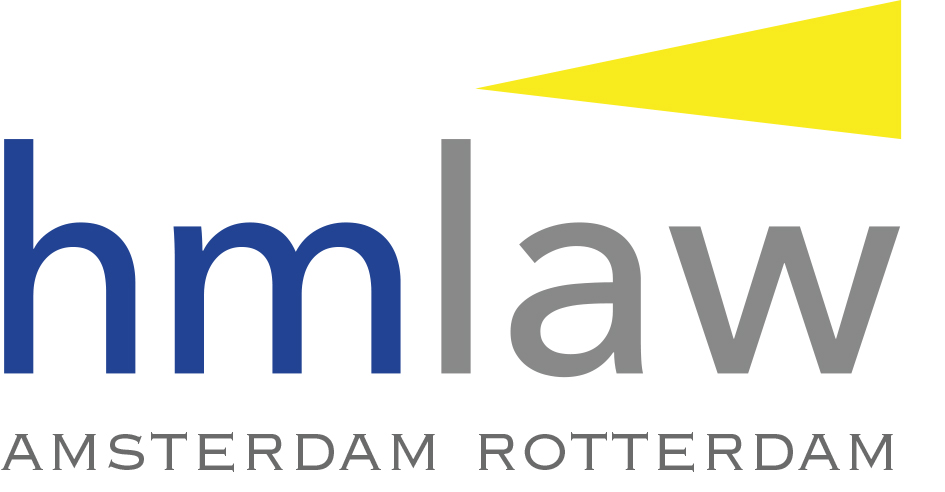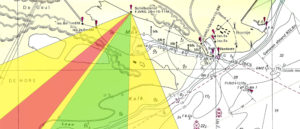Publication: Supreme Court of The Netherlands: HR 22-06-2018, ECLI:NL:HR:2018:981
The push tow combination “Arcturus” and the split hull barge “VW VI” loaded with wet sand capsized as a result of a contact of the VW VI with the sluice wall when entering the sluice Zuidersluis at Ijmuiden. The cargo of the split barge falls on the push barge Horn IV which as a result immediately capsized as well, taking down the push boat “Coby”. The owners of the split barge “VW VI” commence limitation proceedings before the Court at Amsterdam.
To summarise the case, in the subsequent proceedings the owners of the push boats “Arctarus”, “Coby” and the owners of the “Horn IV” contested that the owners of the split barge “VW VI” had the right to limit their liability on the grounds that the capsizing of the split barge was a result of acts and omissions of the (employees of) the owners of the split barge which (subject to Articles 8:1064 of the Dutch Civil Code) should be qualified as reckless with the knowledge that damages would likely result. Basically the split barge had been involved in a previous capsizing incident involving a cargo wet sand and the owners failed to make stability calculations prior to the next carriage leading to this case.
Subject to existing case law in the Netherlands (1), in order to establish whether a person acted recklessly it will be required to evidence that the damage or loss incurred by the person’s own actions conducted with the knowledge that the loss would likely result. Case law has put down the rule that “reckless actions with the knowledge that the loss would likely result” will exist in the event the person is aware of the risks associated with these actions and is aware that the chances this risk will materialize are considerably larger than the chances this will not happen, but nevertheless does not refrain himself from pursuing these actions.
From the above it follows that it will not be decisive whether the person knew that the risk was large or considerable under the circumstances. The elements to be tested for the qualification are (1) that a risk associated with the actions existed and that the chances this risk will materialise as a result of these actions are considerable higher than the chances the risk will not materialise, (2) of the person held liable is fully aware of these conditions and (3) that despite this knowledge the person who acted did not let himself be restrained in pursuing his actions.
It speaks for itself that it is extremely difficult to establish that the chances a risk will materialize are considerably larger than the chances this will not happen, unless the balance is nearly 100% against 0%. It will not be sufficient to establsih a risk was large or considerable under the circumstances. It will also be difficult to establish the awareness of the liable party although in more recent case law the Supreme Court allowed the subjective consciousness of the person held liable referred under (2) to be deduced from relevant objective circumstances of the case.
(1) HR 5 januari 2001, ECLI:NL:HR:2001:AA9308 (Overbeek/Cigna) and HR 5 januari 2001, ECLI:NL:HR:2001:AA9309, ( [C] /Philip Morris c.s.), HR 29 mei 2009, ECLI:NL:HR:2009:BH4041, ( [C] / AIG) and HR 10 augustus 2012, ECLI:NL:HR:2012:BW6747, NJ 2012/652 ( [E] / Traxys c.s.).

